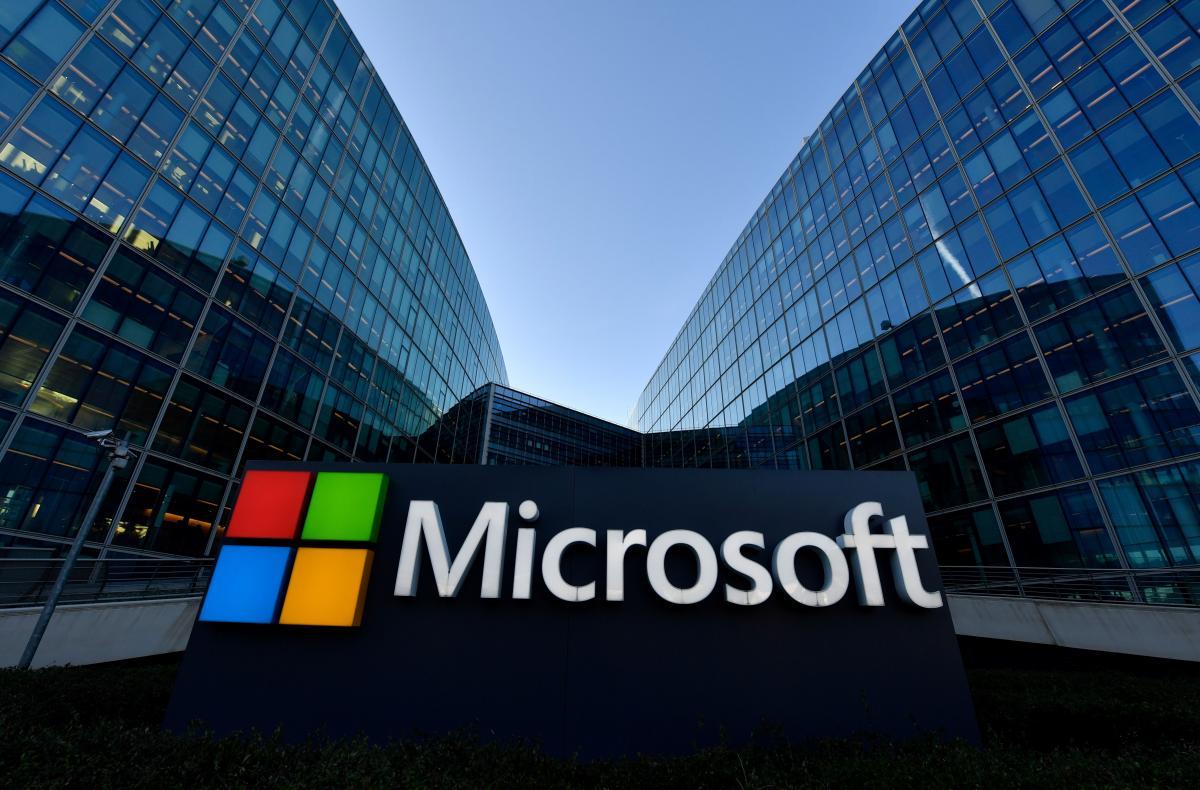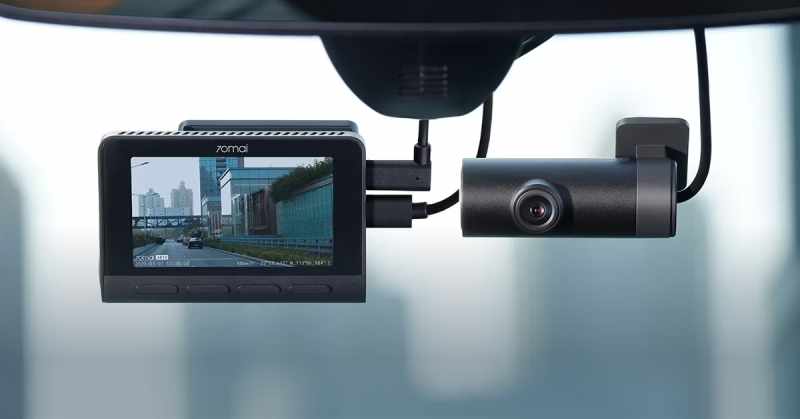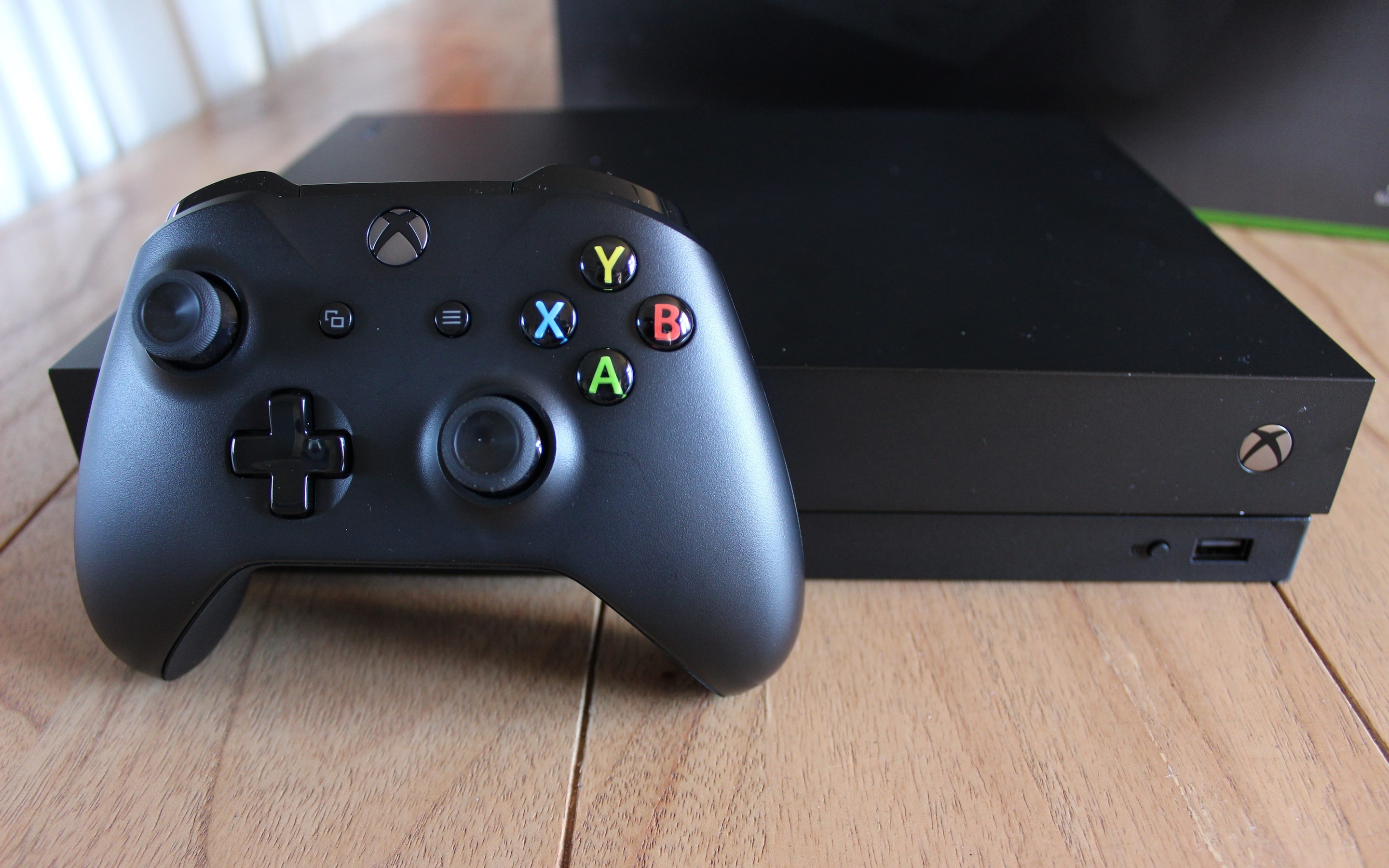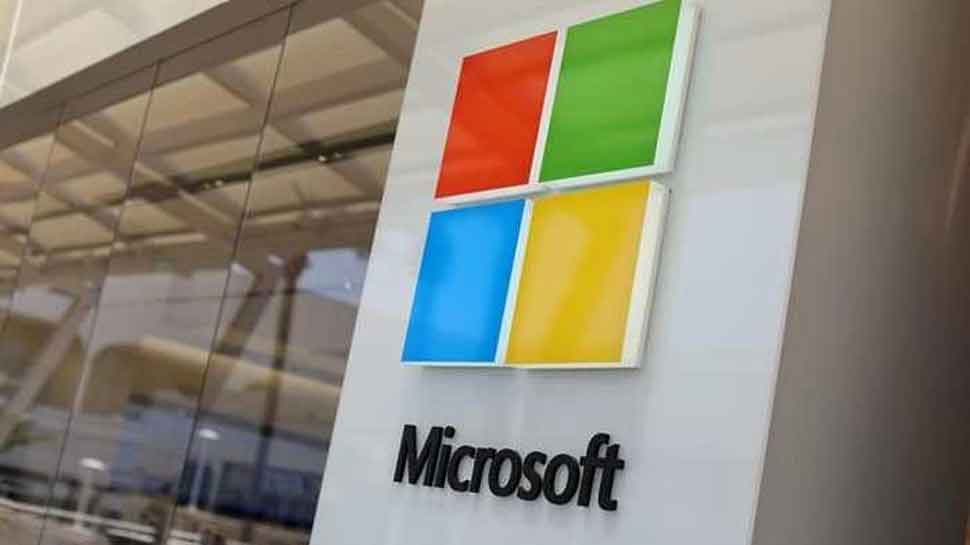Technology
Microsoft to end backing of its touch-first Office Mobile applications in January 2021

Last September, Microsoft authorities conceded they were putting the portable variants of the Microsoft Office applications for Windows as a second thought. Before the end of last week, Microsoft declared the finish of help date for those Office Mobile applications: January 12, 2021. After that date, Microsoft won’t give any greater security fixes, bug fixes or specialized help for those applications.
Microsoft describes these applications – explicitly Word, Excel, PowerPoint and OneNote – as “the Office apps for phones using Windows 10 Mobile.” Windows 10 Mobile’s last finish of-bolster date is tomorrow, December 10, 2019. As Microsoft authorities said a year back, company authorities chose to organize improvement for the iOS and Android adaptations of its Office applications and, on Windows, for Win32 and web forms of these applications. Therefore, they said they wanted to deprioritize the Universal Windows Platform (UWP), contact first mobile variations.
Be that as it may, these Office Mobile applications likewise can take a shot at different Windows gadgets that are not Windows Phones. A few people use them on Windows tablets, Surface Hub, HoloLens and even the Surface Go in light of the fact that they can be downloaded and utilized for nothing. Office Mobile applications are free on gadgets with screen sizes of 10.1 inches or littler. They are genuinely certain that Microsoft is going to stop supporting these Office Mobile applications for Windows wherever as of one year from now. (They approached the company for explanation, yet no answer up until now.)
At its Ignite meeting a month ago, Microsoft switched course with its Win32 form of OneNote. Rather than deprioritizing that OneNote 2016 work area rendition, as had been arranged already, Microsoft authorities said they’d keep on giving new component updates to it.
About Author
Disclaimer: The views, suggestions, and opinions expressed here are the sole responsibility of the experts. No Digi Observer journalist was involved in the writing and production of this article.
Technology
5 Standout Features Of The Next Level 70mai Dash Cam 4K A810

In just seven years since its foundation in 2016, 70mai has emerged as an auto intelligence industry leader specializing in dashboard cameras. From the Dash Cam M500 to the industry’s first 360-degree coverage wonder Dash Cam Omni, 70mai has constantly upped its game with futuristic innovations to delight its 5 million and growing users in over 103 countries worldwide.
Continuing its groundbreaking streak, 70mai presents the new Dash Cam 4K UHD A810, a game-changing upgrade of its flagship 4K model A800S. With vastly enhanced image quality and new smart functions, the 70mai Dash Cam 4K A810 brings you the most premium recording experience on the road. You can own this revolutionary dash cam now with a launch discount on all its models on Amazon or directly through the 70mai store from August 10th through September 10, 2023.
- 4K UHD resolution with optimized image quality for extreme clarity and security
Powered by Sony’s best-in-class image sensor, Starvis 2 IMX678, and HDR algorithm, the Ultra HD 4K resolution of 70mai A810 will exceed your expectations. The 1/1.8″ sensor features a 68% increase in chip size and a 90% increase in the pixel’s photosensitive area. Plus low light performance has been doubled. So you get cinematic-quality pictures and a wider dynamic range.
With the A810, you can record bright pictures with less noise, even in extremely dark and contrasting surroundings, like on a road without streetlights or when exiting a tunnel. Easily capture car license plates and evidence of accidents with extreme clarity.
- MaiColor Vivid+ Solution exclusive image technology for realistic footage
Combined with 70mai’s exclusive MaiColor Vivid+ Solution (MVS), A810 optimizes footage quality further to make it clear, natural, and realistic. You’ll be awed by how Auto Exposure technology makes the changing light appear smooth and natural. And the color accurateness and stability of visuals, especially under complex lighting environments.
Moreover, the 60fps high frame rate, which works with 1080p resolution, effectively prevents motion blur. Capture fleeting details like number plates and street signs while driving fast, crucial evidence in case of a mishap.
- HDR dual-channel recording for maximum road coverage
The industry‘s first 4K dash cam compatible with a 1080P HDR rear camera, the A810 is your best combo dash cam for recording the road ahead and capturing evidence in case of rear-end collisions.
Sporting the HDR algorithm, the 70mai RC12 rear camera gives you a clear, color-rich, realistic rear view, and detailed images even at night. Plus, its noise elimination, color saturation, and exposure balance make it stand out among other cameras.
You can also combine the A810 with the 70mai 1080P IR interior camera instead of the rear camera. Use it for monitoring driving behavior or recording activities of passengers like your kids, day or night.
- 70mai Night Owl Vision that lights up the dark
The exclusive 70mai Night Owl Vision is great at capturing in the dark by pulling in more light to ensure well-illuminated recordings, thanks to its large F1.8 aperture. Night Owl Vision improves night footage by delivering clearer images, exposure balance, color saturation, and light glare control.
- Time-lapse recording for continuous parking monitoring
Both front and rear cameras of the 70mai 4K A810 record continuously 24/7 at one frame per second during parking mode. With this dual-channel recording, the A810 ensures 360-degree protection for your car.
Then it compresses every 15 minutes of footage into a one-minute time-lapse video that saves on memory card space and power. You can check this faster playback for any suspicious activity like hits caused by other vehicles and humans around your car, thanks to the AI-powered Smart Parking Guardian Mode.
Many more reasons that make 70mai 4K A810 your best dash cam
A810’s super-sensing ADAS ensures improved driving safety through real-time voice alerts for pedestrians, bikers, lane departure, front collision, and moving traffic. GPS lets you track accident locations and provide evidence for insurance claims. Connecting to the 70mai App via the dash cam’s WiFi, you can access real-time footage on your phone, take photos, and download and share them.
Undoubtedly, the next level 70mai 4K A810 has got it all to elevate day and night vision to the extreme. You can own any model of it now with a launch discount on the 70mai store. Or grab the A810 Dash Cam Set with the introductory discount on Amazon and power every drive with extreme clarity and extreme security.
About Author
Disclaimer: The views, suggestions, and opinions expressed here are the sole responsibility of the experts. No Digi Observer journalist was involved in the writing and production of this article.
Technology
Meta Disbands Protein-folding Team In Shift Towards Commercial AI

Meta has axed a team that used artificial intelligence to create the first database of more than 600mn protein structures, in a signal the company is abandoning purely scientific projects in favour of building moneymaking AI products.
The social media giant had employed a group of about a dozen scientists on a project called ESMFold, which trained a large language model capable of processing vast amounts of biological data to predict protein structures. The effort has been lauded by those involved in the development of new drugs and treatments.
In a previously unreported move, the ESMFold group was disbanded this spring as part of broader lay-offs across the company, three people familiar with the restructuring said.
Though the protein-folding team was small compared with the thousands of AI scientists and engineers still employed at Meta, the move to axe their project showed the company’s desire to abandon blue-sky research in favour of AI projects that can generate revenues, the people familiar with the matter added.
“Meta has tried to align its research strategy to understand more how to create advanced intelligence that can help Meta as a business, rather than just some curiosity projects,” said Yaniv Shmueli, a former research scientist and engineering manager at Meta AI who worked on ESMFold.
Under what chief executive Mark Zuckerberg has described as its “year of efficiency”, Meta has undergone significant restructuring in recent months. This includes a flattening of the management structure and job cuts affecting about 20,000 staff, following calls from investors to focus on profitability and growth.
Meta was one of the earliest big tech groups to invest in artificial intelligence. It set up its Fundamental AI Research (Fair) lab in 2013 to work on research in the area, hiring leading academics in the space.
Over the years, it has published papers and been recognised in the scientific community for advances in AI. However, it has begun to lag rivals such as OpenAI, Microsoft and Google, which all have consumer-facing chatbots that wield generative AI.
Meta’s new focus is to harness its longstanding research and development in the space to create products that jump on the hype around generative AI, a technology that can produce convincing paragraphs of humanlike text, as well as images and video.
A generative AI team headed by Meta’s product chief Chris Cox was set up in February, which now has more than several hundred staffers, including people who transferred from Fair, according to two people with knowledge of the matter.
The Financial Times reported last week that Meta was planning to launch a range of chatbots in the style of different personas as soon as September, in an effort to catch up to competitors.
“Meta remains committed to Fair conducting exploratory research based on open science,” said Joelle Pineau, vice-president of AI research at Meta. “Projects graduating from Fair and moving into other areas of our business has always been a component of how the team operates. This enables us to apply learning and techniques from Fair’s AI research in products.”
Some company insiders said, however, that the academic culture within the Fair lab was partly to blame for Meta’s late arrival to the generative AI boom, because there was insufficient collaboration both between researchers and with the rest of the company.
Tensions also extended regionally, as Meta AI staff in Europe and the US battled to work on top projects and train models, these people added. The company was now trying to reconfigure its Fair research to fit with the aims of the “GenAI” team, one person said.
Meta researchers in November last year released the first database of more than 600mn metagenomic protein structures, known as the ESM Metagenomic Atlas. Metagenomics is the study of little-known proteins in samples from environments across the earth, including microbes in the soil, ocean and human bodies.
The work was considered a rival to DeepMind’s protein-folding prediction technology, AlphaFold, considered a scientific breakthrough in 2020 and comparable to lab methods in its accuracy.
Meta’s ESMFold project trained a large language model to learn evolutionary patterns and generate accurate structure predictions directly from the DNA sequence of a protein. The AI was up to 60 times faster, although less accurate, than AlphaFold.
About Author
Disclaimer: The views, suggestions, and opinions expressed here are the sole responsibility of the experts. No Digi Observer journalist was involved in the writing and production of this article.
Technology
Windows 10 will soon have Chrome low memory hog

Google has gone through years attempting to diminish Chrome’s famous hunger for memory, and it’ll before long offer a significant improvement for Windows 10 clients.
WindowsLatest has learned (by means of MSPowerUser) that a Google engineer as of late uncovered that a future Chrome release will utilize a method from Microsoft Edge to bring down RAM utilization and hypothetically help execution.
Chrome will change to “Segment Heap” memory the executives that, in Microsoft’s understanding, cut memory use by 27 percent.
The upgrades in Chrome could shift uncontrollably relying upon the system, however tests showed that it could once in a while spare “hundreds of MB” in the program and framework forms. “Many-core” systems are well on the way to see the biggest advantage, the specialist said.
You should see the component not long after Google can construct Chrome utilizing the correct Windows 10 developer unit. This won’t really lead to monstrous upgrades in execution, however it would be ideal on the off chance that you either have restricted memory in your system or basically prefer to keep numerous browser tabs open.
About Author
Disclaimer: The views, suggestions, and opinions expressed here are the sole responsibility of the experts. No Digi Observer journalist was involved in the writing and production of this article.
-
Press Release3 days ago
The Illusion of Change — A Bold Philosophical Reflection by Adrian Gabriel Dumitru Challenges the True Nature of Transformation
-
Press Release6 days ago
Premium Resources Confirms High-Grade Copper-Nickel Zone in Botswana, Begins Resource Expansion.
-
Press Release3 days ago
Champion Window Tinting Announces Cutting-Edge Solutions for Energy Savings and Privacy Enhancement
-
Press Release4 days ago
Hybrid Collapse Releases Captivating New Album “Biopolitics”
-
Press Release2 days ago
Cloom Tech Offers OEM Wire Harness Manufacturing Solutions
-
Press Release3 days ago
Raven Keiara named Los Angeles finalist for 2025 August Wilson New Voices Monologue Competition
-
Press Release6 days ago
Sleep Dentistry Brisbane Introduces Safe Laughing Gas Sedation for Stress-Free Visits
-
Press Release6 days ago
Sombrero Galaxy Agency Pioneers “Chatbot Optimization” for the AI-Driven Future of Discovery.






